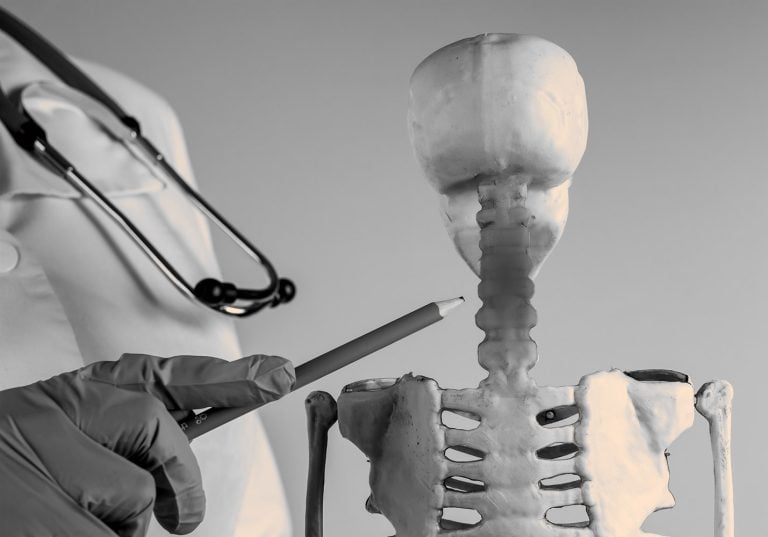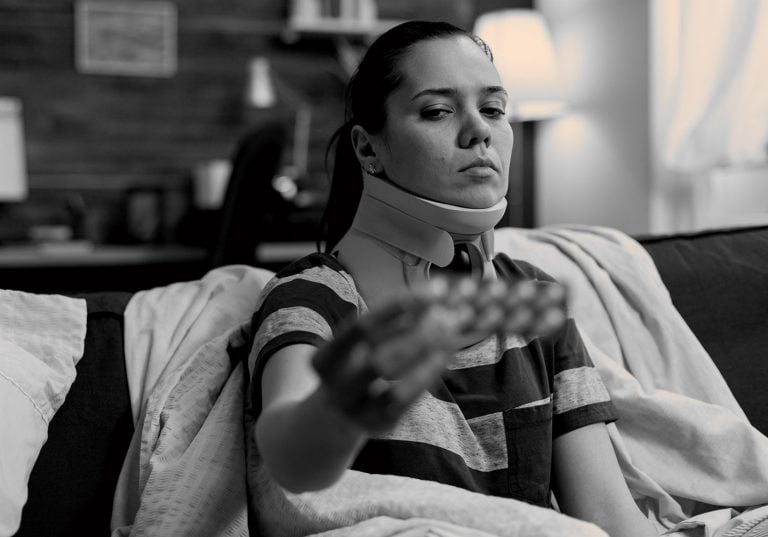When we hear about whiplash, we often think about neck pain and headaches. But did you know that whiplash can cause a whole range of other problems too? That’s right! It’s not just about the pain in your neck; it can affect many parts of your body. That’s why doctors use terms like Whiplash Associated Disorder (WAD) and Cranial Cervical Syndrome (CCS) to describe all these different issues.
Let’s take a closer look at some of the symptoms people can experience after a whiplash injury:
1. Neck Pain: This one is pretty obvious. Along with headaches, neck pain is one of the first things that show up after a whiplash injury. It can start within minutes, hours, or days after the incident. The pain usually focuses on the muscles in your neck close to the spine. People often describe it as burning or like being stabbed with a knife. Sometimes it’s so bad that it causes muscle spasms, tenderness, and limits how much you can move your head and neck. The pain can also spread to the muscles above your shoulders, called the trapezius muscles, and it’s a sign that a migraine headache might be on the way.
2. Radiating Pain: Some people feel shooting or constant pains in their arms, back, and legs, and it usually starts in the neck.
3. Weakness and Coordination Problems: Whiplash can lead to weakness in your arms, making it harder to hold onto things. You might also notice that you’re not as good at doing fine tasks, like writing or buttoning up your shirt. Sometimes, you might feel numbness or a tingling sensation, like pins and needles.
4. Trouble with Legs and Balance: It’s not just your upper body that’s affected. Whiplash can make your legs feel weak, cause balance problems, and even make you veer off when you’re walking. Some people experience multiple falls because of this.
5. Bladder and Sexual Problems: This one’s tough. Whiplash can affect your bladder control, leading to accidents, and it might also cause issues with your romantic relationships.
6. Vision Changes: You might see double (diplopia), notice changes in how clearly you can see, or even lose some color vision.
7. Facial Issues: Some people have weakness or numbness in their face.
8. Swallowing Problems: Whiplash can make it harder to swallow food, and sometimes you might even choke. It can also slow down the emptying of your stomach, which is called gastroparesis.
9. Jerky Movements: You might experience sudden, jerky movements, especially at night. These can be mistaken for epilepsy or seizures.
10. Autonomic Issues: Some people with whiplash might have a rapid pulse and low blood pressure when they stand up (known as postural orthostatic tachycardia or POTS). It can also lead to excessive sweating.
11. Emotional and Social Effects: Dealing with all these symptoms can take a toll on your emotions. You might feel depressed, have trouble sleeping, and become anxious. It can also disrupt your social and romantic relationships because these symptoms are not easy to live with.
The Tough Road to Diagnosis
Now, here’s where it gets tricky. Most people with WAD/CCS end up going from one doctor to another because their symptoms are so unpredictable. Doctors usually try to figure out what’s wrong by pinpointing the exact location in the nervous system or spine causing the problem. But with whiplash, that’s not always clear.
So, patients might see multiple doctors and travel all over the place looking for answers. Some are even told that nothing can be done, or they’re given treatments that don’t work in the long term. It can be a frustrating and discouraging journey.
Hope and Help from Dr. Franck
But here’s the good news! Dr. Franck has been working on this puzzle for a long time. He’s done lots of research and has figured out what’s behind this syndrome. That means he can pinpoint the causes of these problems and provide effective treatment.
Dr. Franck has developed a minimally invasive surgical procedure that has helped more than seventy-five patients from North America and Europe. They’ve experienced excellent results, and it’s given them hope when they felt like there was none.
So, if you or someone you know is dealing with the effects of whiplash, there’s hope for relief and a better quality of life. You don’t have to give up or be told there’s nothing that can be done. Dr. Franck and his team are here to help unlock the mysteries of whiplash and bring relief to those who need it most.




